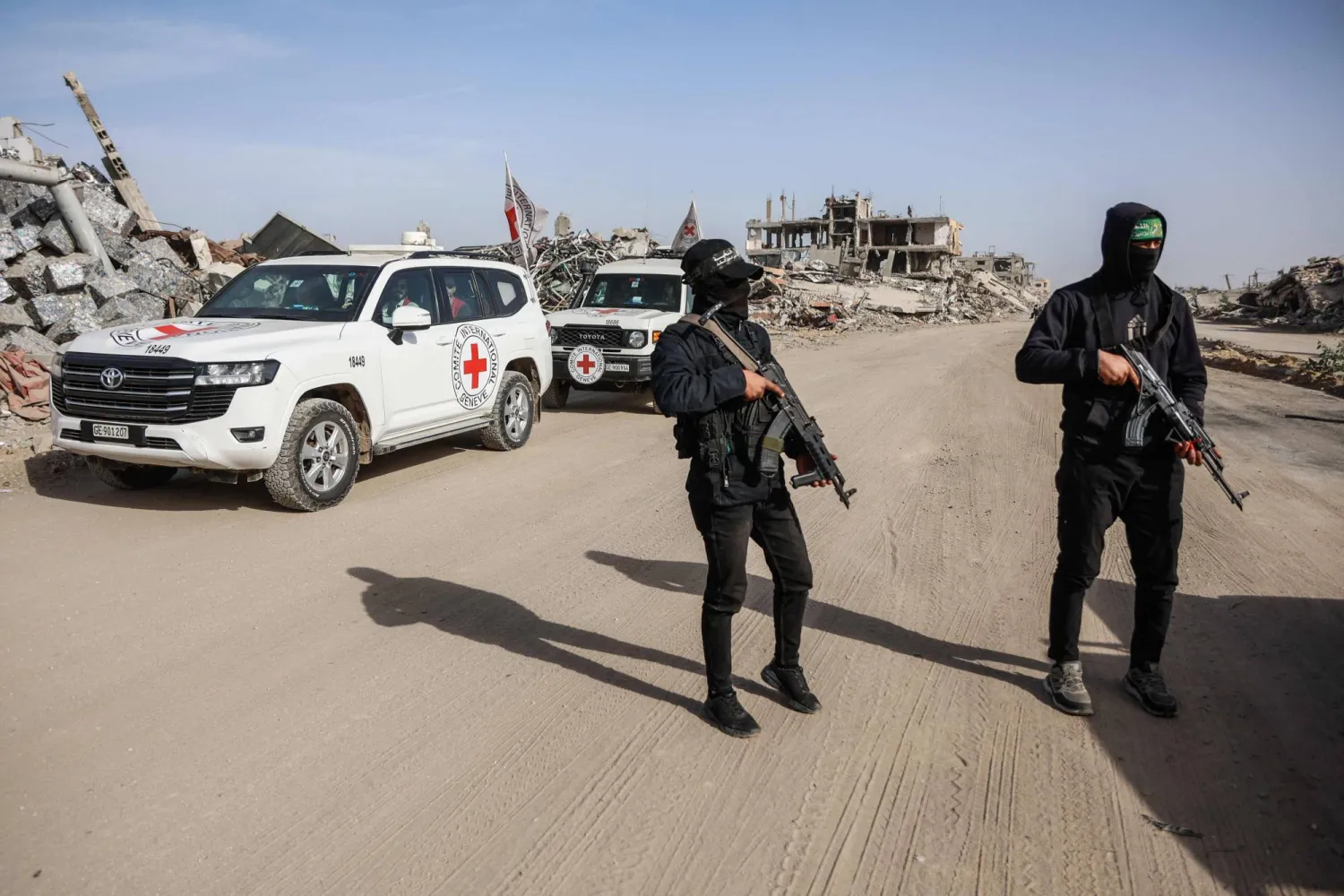A hospital professor of immunology at the Pasteur Institute expected the COVID-19 disease to reach dangerous phases in Tunisia starting January.
On a television program called “Nessma El Youm” Thursday, Dr. Samar Samoud announced that the virus is rapidly spreading in closed spaces.
The Tunisian doctor said social distancing and wearing facemasks are highly recommended, in addition to increasing ventilation at homes and closed spaces.
Samoud advised Tunisians to reduce their visits to restaurants and cafes and to respect the safety measures of the Tunisian Health Ministry, which banned all events including celebrations for the New Year and extended its night curfew until Jan. 15 to help combat the spread of the coronavirus.
The government imposed the night curfew in October and banned travel between regions in the country.
On Friday, Tunisia said it had recorded 1,752 new coronavirus cases and a total of 126,742 infections, including 4,324 deaths.
Pulmonologist Habib Ghedira told the country’s news agency TAP that at this phase, Tunisia might refer to the genetic mutations to examine the new strain of the pandemic in case there is a sudden or rapid increase in confirmed cases, or if respiratory problems are recorded among patients in specific geographical areas.
Ghedira said that Tunisian authorities need to be vigilant in case the normal daily rate of infections needing urgent care exceeds the number of such cases in normal days.
The first case of infection with COVID-19 was recorded in Tunisia on March 2, while the first death of a person infected with this virus was announced on March 19.









